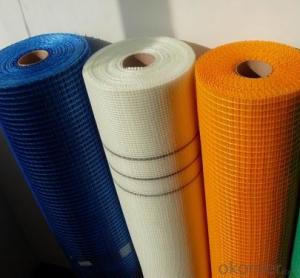High-pressure composite pipes are the unsung heroes of modern infrastructure. They are the backbone of our water, gas, and oil transportation systems, yet they often go unnoticed. But their performance under pressure is nothing short of remarkable. Let’s dive into the world of composite pipes and explore their resilience, versatility, and the reasons why they are becoming increasingly popular in various industries.
The Strength of Composite Pipes
Imagine a material that is lightweight, durable, and resistant to corrosion. That’s the beauty of composite pipes. They are made from a combination of materials that provide these properties, making them ideal for high-pressure applications. The composite structure allows for a balance of strength and flexibility, which is crucial when dealing with the demands of pressurized systems.
Versatility in Action
One of the standout features of composite pipes is their versatility. They can be adapted to various applications, from transporting water in municipal systems to carrying oil in the energy sector. This adaptability is due to their ability to be manufactured in different diameters, lengths, and pressure ratings to suit specific needs.
The Test of Time
Longevity is another key advantage of composite pipes. They are designed to withstand the test of time, with a lifespan that far exceeds that of traditional metal pipes. This is particularly important in industries where downtime for repairs can be costly and disruptive.
Pressure Resistance: A Closer Look
When we talk about high-pressure composite pipes, we’re referring to their ability to handle significant pressure loads without failure. This is achieved through the careful engineering of the composite layers, which are designed to distribute pressure evenly across the pipe’s structure.
The Environmental Edge
In today’s world, where environmental concerns are paramount, composite pipes offer an eco-friendly alternative to traditional materials. They are often made from recyclable materials and have a lower carbon footprint during production and installation.
Installation and Maintenance
The ease of installation and maintenance is another area where composite pipes excel. They are lighter than metal pipes, making them easier to transport and handle. Additionally, their non-corrosive nature means less maintenance is required over their lifetime.
The Future of Pipelines
As we look to the future, the demand for high-pressure composite pipes is only set to increase. With advancements in material science and engineering, we can expect to see even more robust and efficient pipes that will further enhance the performance under pressure.
In Conclusion
High-pressure composite pipes are not just a product of modern engineering; they are a testament to human ingenuity and innovation. They embody the perfect blend of strength, flexibility, and sustainability, making them an indispensable part of our infrastructure. So next time you turn on the tap or fill up your car, remember the unsung heroes working tirelessly behind the scenes.

